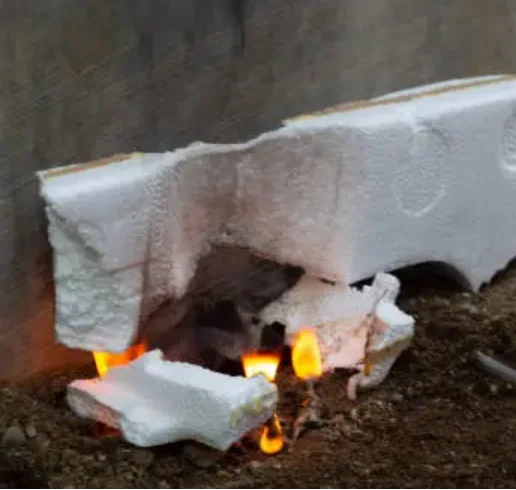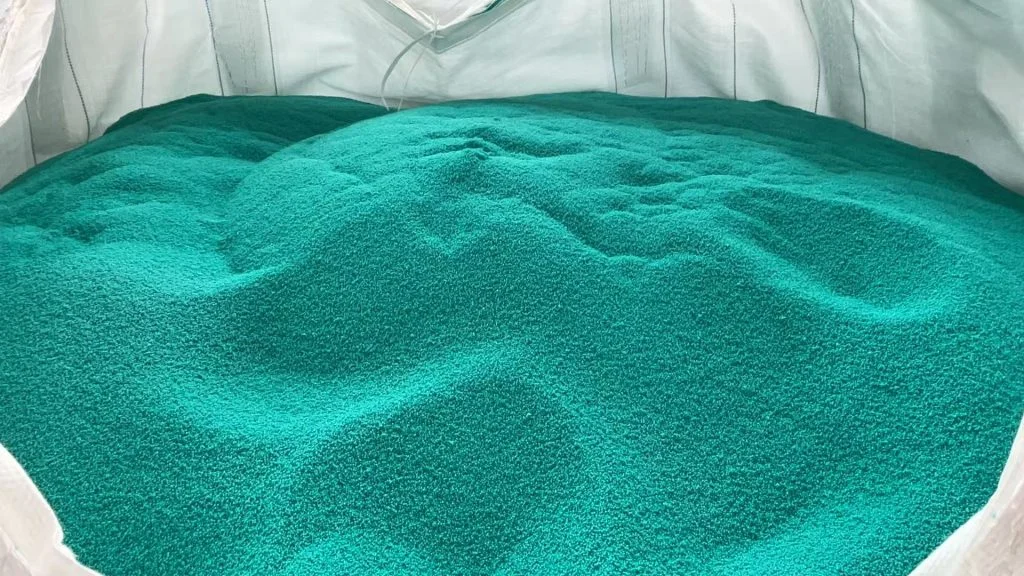Expanded Polystyrene (EPS) is a breezy titan in modern building materials. It swaddles structures in warmth like a toasty shawl. It also softens impacts with grace. These qualities crown it a favorite for cozy homes and sturdy packaging. Its framework, brimming with tiny air bubbles, stands as a bulwark against heat escape. Moreover, EPS is a nimble shapeshifter. Builders can sculpt it into myriad shapes or fine-tune its thickness for any task, from homes to protective wrapping.

This flexibility piques interest in how EPS thrives in real-world construction. Its adaptability truly sparkles in diverse settings.
What Makes EPS So Essential to Modern Construction?
Expanded Polystyrene (EPS) is a cornerstone of modern construction due to its remarkable versatility and performance. Lightweight yet strong, EPS provides exceptional thermal insulation, trapping heat with its air-pocketed structure to create energy-efficient buildings. Its adaptability allows builders to shape it into any form or size, making it ideal for both residential and commercial projects. From insulation to structural support, EPS combines lightness, durability, and flexibility, making it an essential material in today’s construction industry.
How Is EPS Commonly Applied in Building Projects?
EPS takes on many roles in construction. It warms walls, roofs, and underfloor heating systems. It also bolsters exterior insulation finishing systems (EIFS). In civil engineering, EPS serves as a featherlight fill for roads and embankments. Its flexibility meets varied construction needs. This boosts energy-efficient building designs. However, its strengths come with safety concerns, especially around fire risks.
What Safety Aspects Should You Weigh?
EPS brings structural perks. Yet, untreated forms can spark fire hazards. Combustibility is a pressing issue for insulation materials. Using fire retardant polystyrene is vital. It ensures adherence to regulations. It also safeguards occupants.
Why Is Standard EPS Unsuitable for Fire-Sensitive Applications?
Standard EPS has drawbacks in high-risk fire settings. Its behavior under heat demands careful thought.
What Are the Combustion Traits of Traditional EPS?
Regular EPS ignites swiftly when touched by flames or intense heat. Once alight, it burns fiercely. It also churns out thick, choking smoke. This makes untreated EPS unfit for applications needing fire resistance. These characteristics highlight the need for safer options.
What Fire Safety Standards Must Be Met in Construction?
Building materials must comply with rigorous fire safety rules. In many areas, standards like GB8624-2012 classify combustion performance. Materials rated B1 or B2 are deemed flame-retardant or tough to ignite. National standards, such as GB/T10801.1-2002 for adiabatic molded polystyrene foam, set clear guidelines. Compliance ensures safer structures.
Why Can’t You Depend on Non-Retardant EPS in Structural Use?
Using non-retardant EPS in structural parts, like wall panels or insulation boards, undermines a building’s fire safety strategy. Mixing flame-retardant EPS with regular EPS during processing can weaken performance. Proper processing is crucial. Avoid blending non-flame-retardant materials. This prevents diminished fire resistance.
The need for safer options leads us to fire retardant polystyrene. Let’s uncover how it bolsters safety at a molecular level.
How Does Fire Retardant Polystyrene Work?
Fire retardant polystyrene transforms EPS into a safer material. Its mechanisms are rooted in clever chemistry and engineering.
What Additives Are Used to Impart Flame Resistance?
Fire retardant polystyrene weaves in special additives. These are blended during polymerization or post-processing. Compounds like phosphorus-based or brominated flame retardants play a starring role. They create protective char layers. Or they release inert gases. These gases thin out flammable vapors, curbing fire risks.
How Do These Additives Change the Burning Behavior of EPS?
These additives tackle combustion with finesse. They disrupt free radical chain reactions during burning. Some trigger intumescence, forming a puffy, insulating barrier. This shield slows heat spread. It also tamps down flammability. These tweaks make EPS safer for construction.
Which Tests Confirm Flame Retardancy in Polystyrene Products?
Several tests validate flame retardancy. Oxygen index testing (OI) gauges ignition resistance. Vertical burn tests (UL 94) assess burning behavior. Cone calorimetry checks ignition time, heat release rate, and smoke output. For B2 flame retardant performance, aging is essential. Let residual blowing agents escape from the foam. This ensures reliable safety.
These molecular upgrades yield tangible benefits. Let’s examine how fire retardant polystyrene enhances building safety.
What Are the Advantages of Using Fire Retardant Polystyrene?
Fire retardant polystyrene delivers notable benefits. It boosts safety and performance in construction.
How Does It Enhance Thermal Stability During Fire Exposure?
Flame-retardant grades resist ignition with grit. They hold their shape under thermal strain. These products boast superb dimensional stability. They also offer strong adhesion and resilience. Even in scorching heat, deformation stays minimal. This ensures structural strength during fire events.

Does It Produce Less Smoke and Toxic Gas When It Burns?
Yes, advanced blends generate less smoke. They also release fewer toxic gases than standard EPS. This is critical during evacuations. Clearer visibility and cleaner air save lives.
Can It Simplify Meeting International Building Codes?
Absolutely. Many fire-retardant grades achieve B1 classification per GB8624-2012. This aligns with global building code standards. The panels and molded products self-extinguish. This eases compliance with safety rules.
These advantages position fire retardant polystyrene as a prime choice. FoamTech, a trailblazer in this space, offers cutting-edge solutions for fire-safe construction.
Where Can You Integrate Fire Retardant Panels Effectively Within Buildings?
Fire-retardant EPS panels are incredibly versatile, boosting safety and efficiency in various building applications. With graphite additives, they’re a go-to for passive houses, offering excellent thermal resistance with a low λ-value of around 0.033 W/m·K, cutting energy loss big time. Their B1 fire classification makes them a solid choice for high-rise façades, meeting tough fire codes to keep tall buildings safe. Plus, they play well with other insulation systems, maintaining overall performance in hybrid setups. Still, their flexibility sparks curiosity about how durable they are and their environmental impact.
How Choose Different Fire Retardant Polystyrenes?
Prioritize oxygen index ratings above 30. Ensure the expansion ratio fits your application’s density needs (15–35 kg/m³). Check processing compatibility with molding machines. Above all, verify certification against local codes. FoamTech’s Graphite Grade – S – Flame-Retardant Panels shine here. They offer B1 self-extinguishing performance and a low λ-value of 0.033 W/(m·K). Their high expansion ratio (up to 70x) boosts eco-efficiency. This reduces raw material use per square meter. HUASHENG is a high-tech enterprise specializing in the research and development, production, and sales of expandable polystyrene (EPS) foam. If you have any needs, please feel free to contact us.
FAQ
Q: Can I mix regular EPS beads with flame-retardant ones during production?
A: No, mixing weakens flame retardant performance. Always avoid cross-contamination between grades.
Q: How long should I age FR-EPS after molding?
A: Aging varies by density and thickness. A 20mm thick board needs at least one week. A 50mm thick board requires three weeks. This lets foaming agents escape.
Q: Does graphite-enhanced FR-EPS cost more than standard white EPS?
A: Initial costs may be higher due to specialized materials. Yet, its superior insulation lowers overall costs for the same effect.






